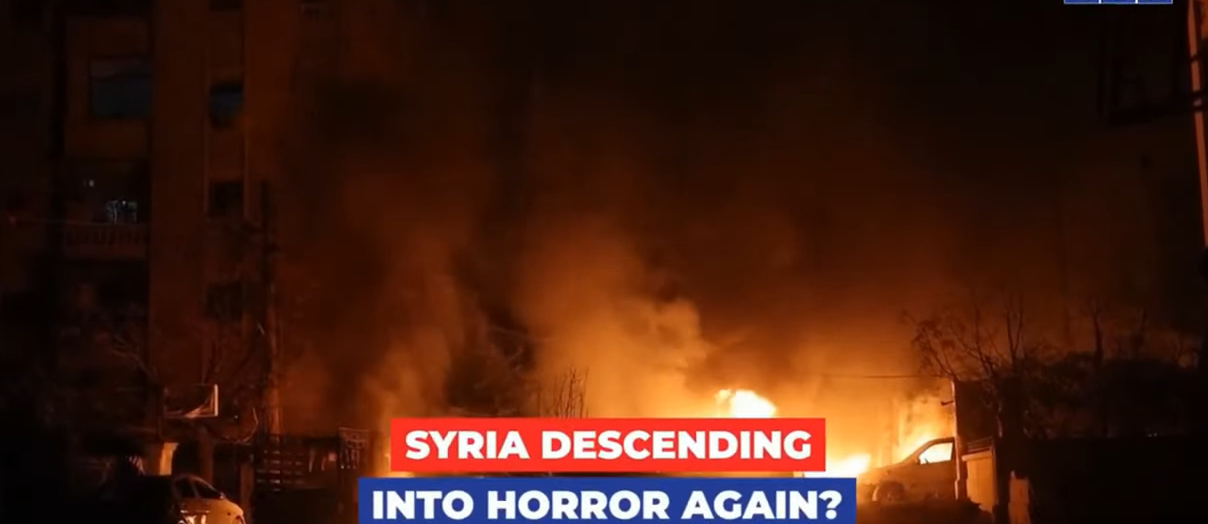Congressional panic over gangs makes even less sense considering that juvenile crime, according to FBI crime figures, has dropped, and more states faced with ballooning deficits have scrapped their lock-em-up and toss the key measures. That approach has dumped more than 2 million prisoners in America’s jails, giving America the dubious distinction of running the world’s largest prison warehouse system.
Virginia Republican Randy Forbes’ federal gang busting plan is costly and unwieldy and a civil liberties nightmare. It mandates mandatory sentences up to 10 years and the death penalty for some gang-related crimes. Teens could be tried as adults in federal courts. Congressional Republicans claim that there are hundreds of thousands of street gang members running amok in America. That figure comes from a 2002 Justice Department report. The department didn’t say how it determined who is a gang member, and whether those individuals classified as gang members actually engaged in any criminal activity. The Congressional panic over gangs makes even less sense considering that juvenile crime, according to FBI crime figures, has dropped, and more states faced with ballooning deficits have scrapped their lock-em-up and toss the key measures. That approach has dumped more than 2 million prisoners in America’s jails. That gives America the dubious distinction of running the world’s largest prison warehouse system. States now opt for job training, drug treatment, and counseling programs as more cost effective ways to deal with crime. The bill also flies in the face of the much-touted anti-gang initiative that Bush unveiled in his State of the Union Address in January. Bush said that he’d shell out $150 million to youth education and violence prevention programs that targets at risk youth. Bush promptly dispatched wife, Laura, to several inner city neighborhoods to meet with community leaders, educators, and gang intervention specialists to get a White House handle on the problem. Bush’s kinder, gentler approach to reducing gang violence is commendable, but there are several problems. Congress must appropriate the money, and the House obviously is in no mood to fund a kid glove approach to youth violence. Even if Bush got the funds he requests the money will be spread out over three years. That adds up to about $1 million that each state would get to fund intervention programs. That paltry sum would barely buy athletic equipment for one inner city youth recreation center. At the same time, Bush proposes slashing hundreds of millions in the 2006 federal budget. The cuts would severely impact
education, after school, and family support programs that have proven effective in keeping many at risk youth off the streets. A casualty of Bush’s cuts, for instance, is the Community Oriented Policing Services (COPS) program. It provides Juvenile Accountability Block Grants to law enforcement agencies to hire and train law enforcement specialists for drug, gang and violence prevention programs.
Despite the gaping flaws in Bush’s gang plan, it would not imperil civil liberties, gut anti-gang oriented social programs, or take gang busting out of the hands of local state and local police agencies. The House bill will. Worse, it will do little to stop the killing. Many of the young men that tuck guns in their waistbands and shoot-up their neighborhoods feel that no one cares whether they live or die. Their belief that their lives are devalued fosters disrespect for the law and forces them to internalize anger and displace aggression onto others. As long as the attackers regard their victims as weak, vulnerable, and easy pickings they will continue to kill and maim with impunity.
It’s not just hopelessness, the feeling that their lives are meaningless, and the state and federal cutbacks in job training and skills programs that drive young men to kill and maim others. There’s also the chronically high unemployment rate of young Black males. According to Labor Department figures in April, the jobless rate of young Black males remains double that of white males. The high number of miserably failing inner-city public schools also fuels the unemployment crisis. They have turned thousands of blacks and Latinos into educational cripples. These students are desperately unequipped to handle the rapidly evolving and demanding technical and professional skills in the public sector and the business world of the 21st Century.
Bush’s gang combat plan is not the magic pill that will make America’s streets safer. However, it is a step in the right direction. It recognizes that simply tossing more kids in the slammer, and jettisoning their civil liberties in the process is no answer to youth violence. It will take a concerted effort by state and federal officials, educators, health professionals, drug counselors, and gang intervention activists to devise and provide the crucial resources for more programs to keep at risk youth off the streets.
The Senate bill sponsored by Utah Republican Orrin Hatch and California Democrat Dianne Feinstein sharply differs from Forbes’ bill. It contains funding for crime prevention programs and most importantly does not include minimum mandatory sentences. That makes sense. It might well keep some at risk youth out of the clutches of the Crips and Bloods without the heavy price of eroding even more of our civil liberties.
Black Star columnist Ofari Hutchinson is a political analyst and social issues commentator. Send comments to letters@blackstarnews.com For more reports please call (212) 481-7745 to subscribe to the newsstand edition of The Black Star News.






